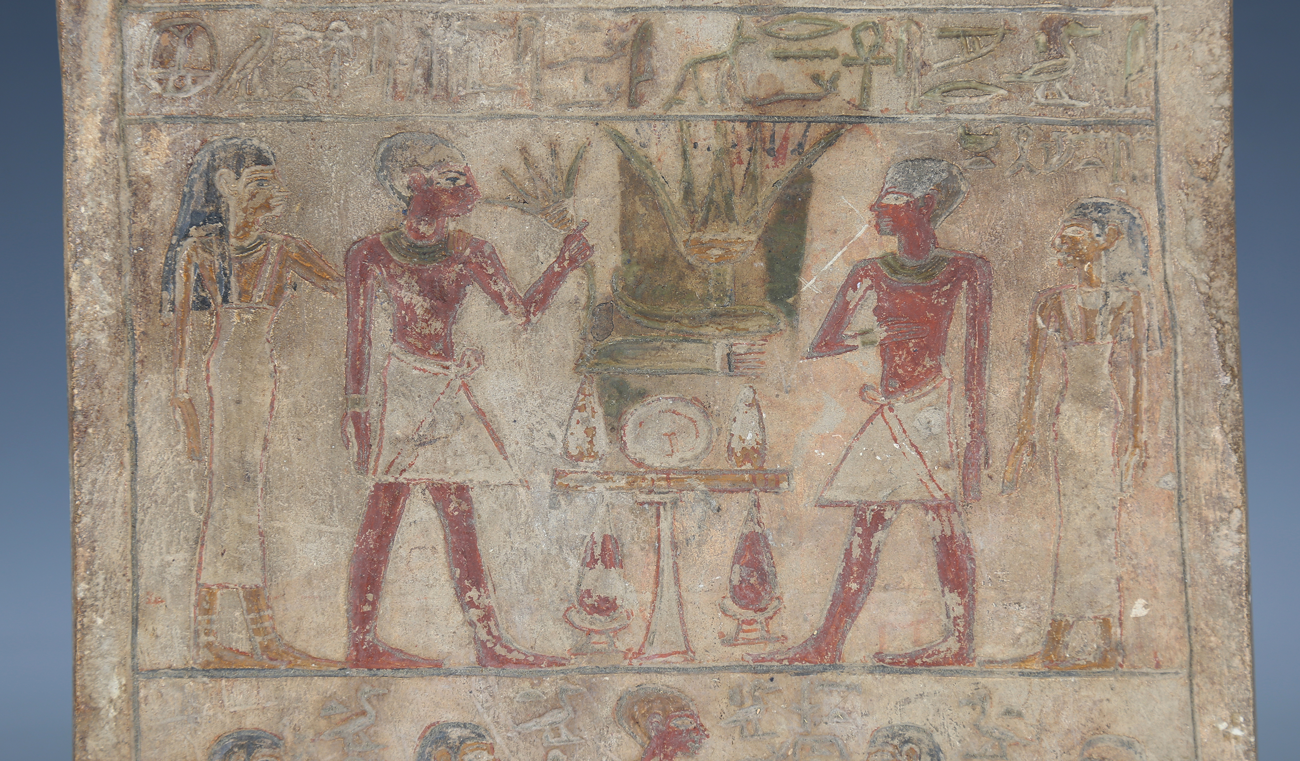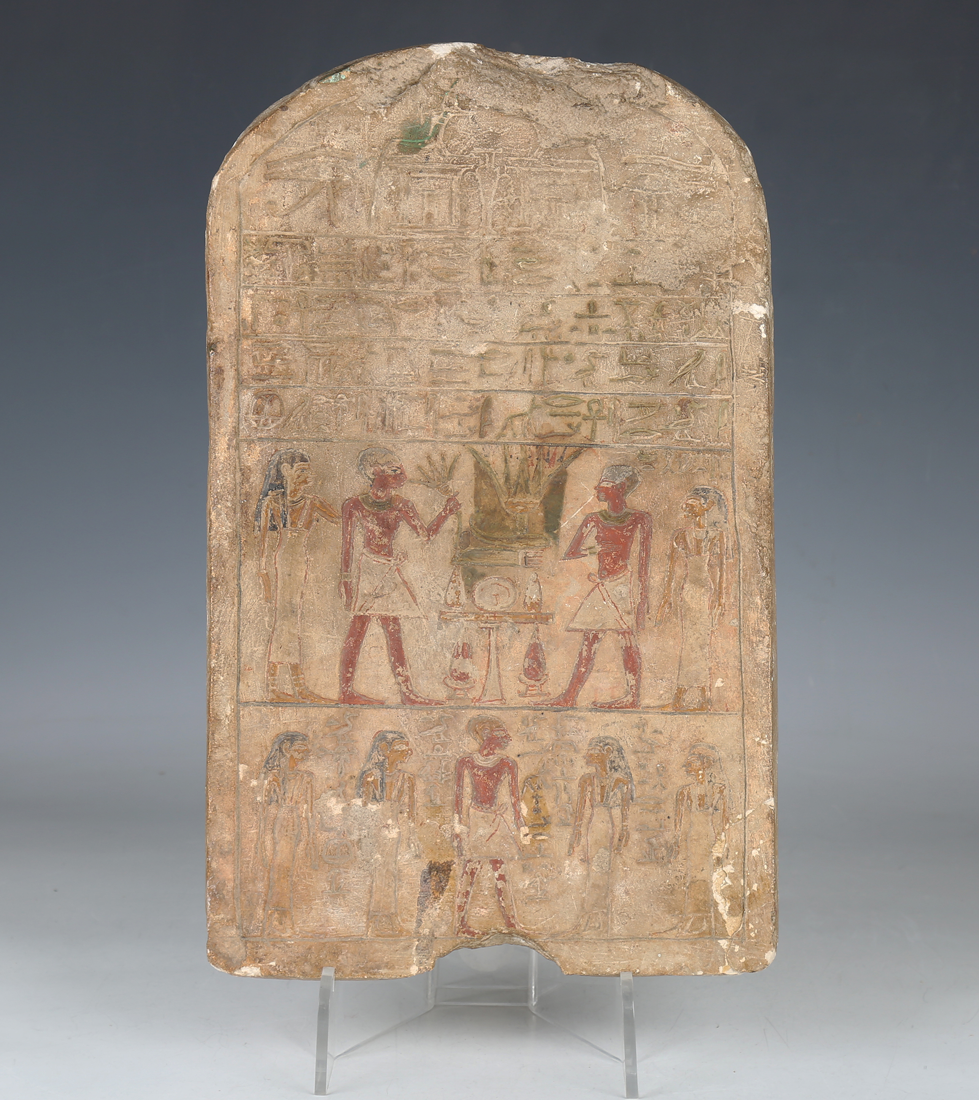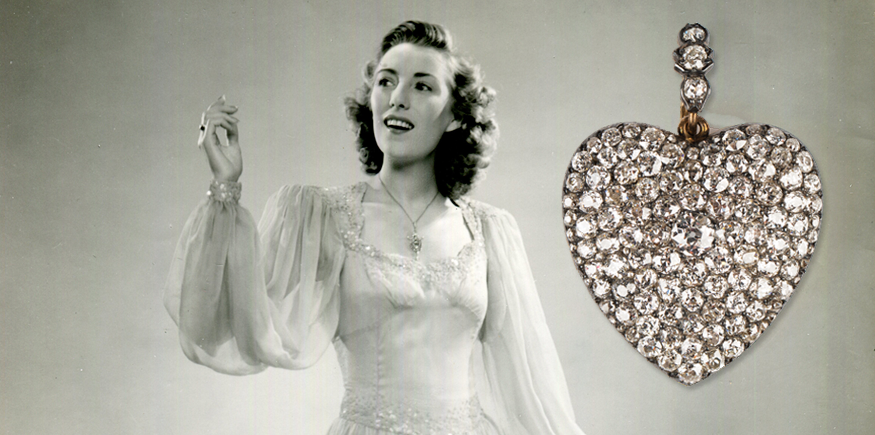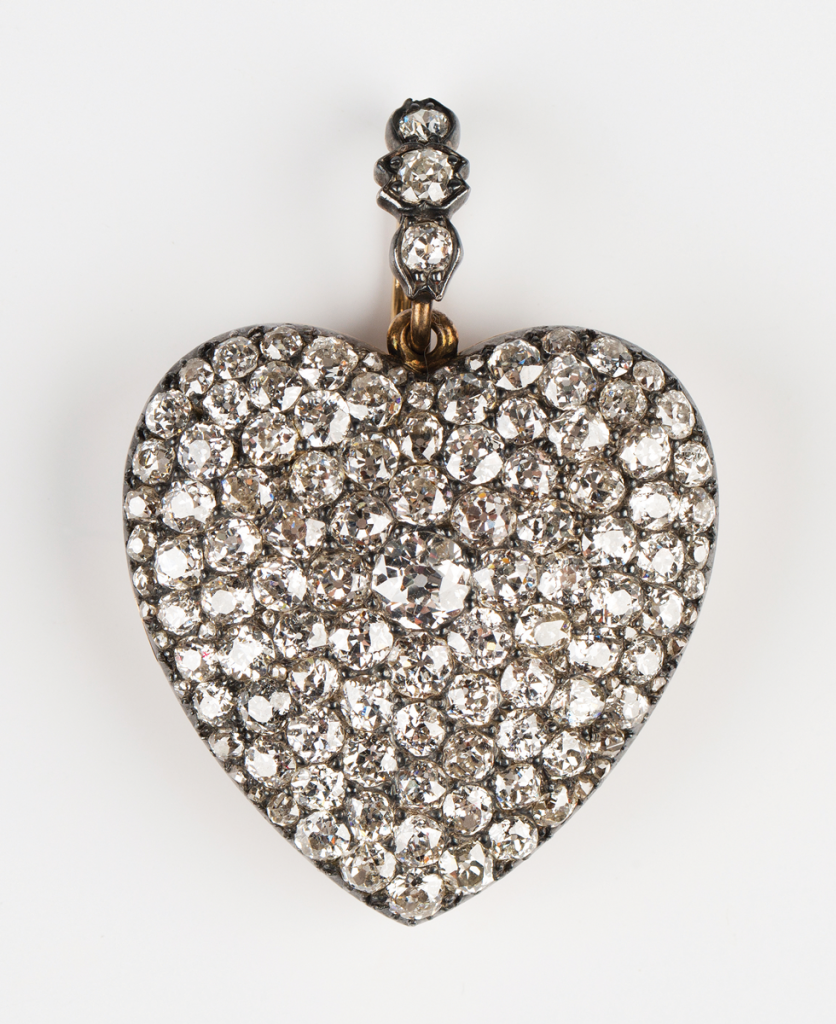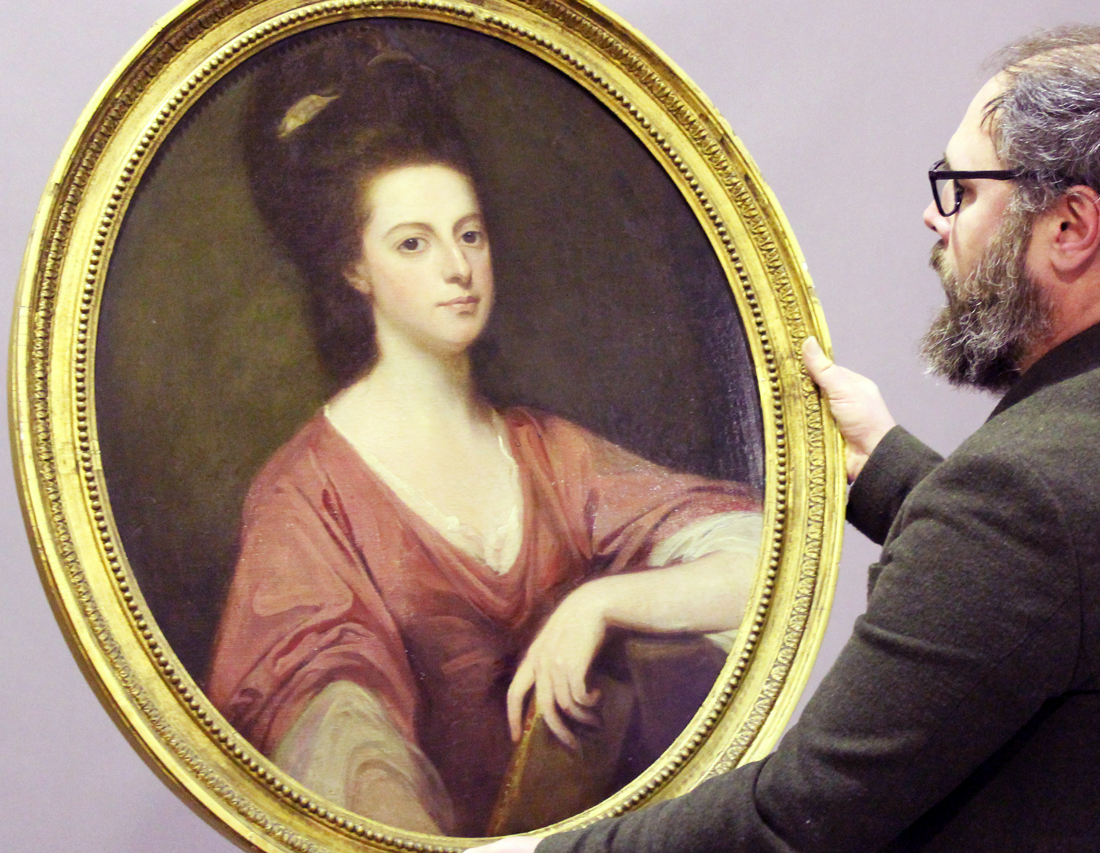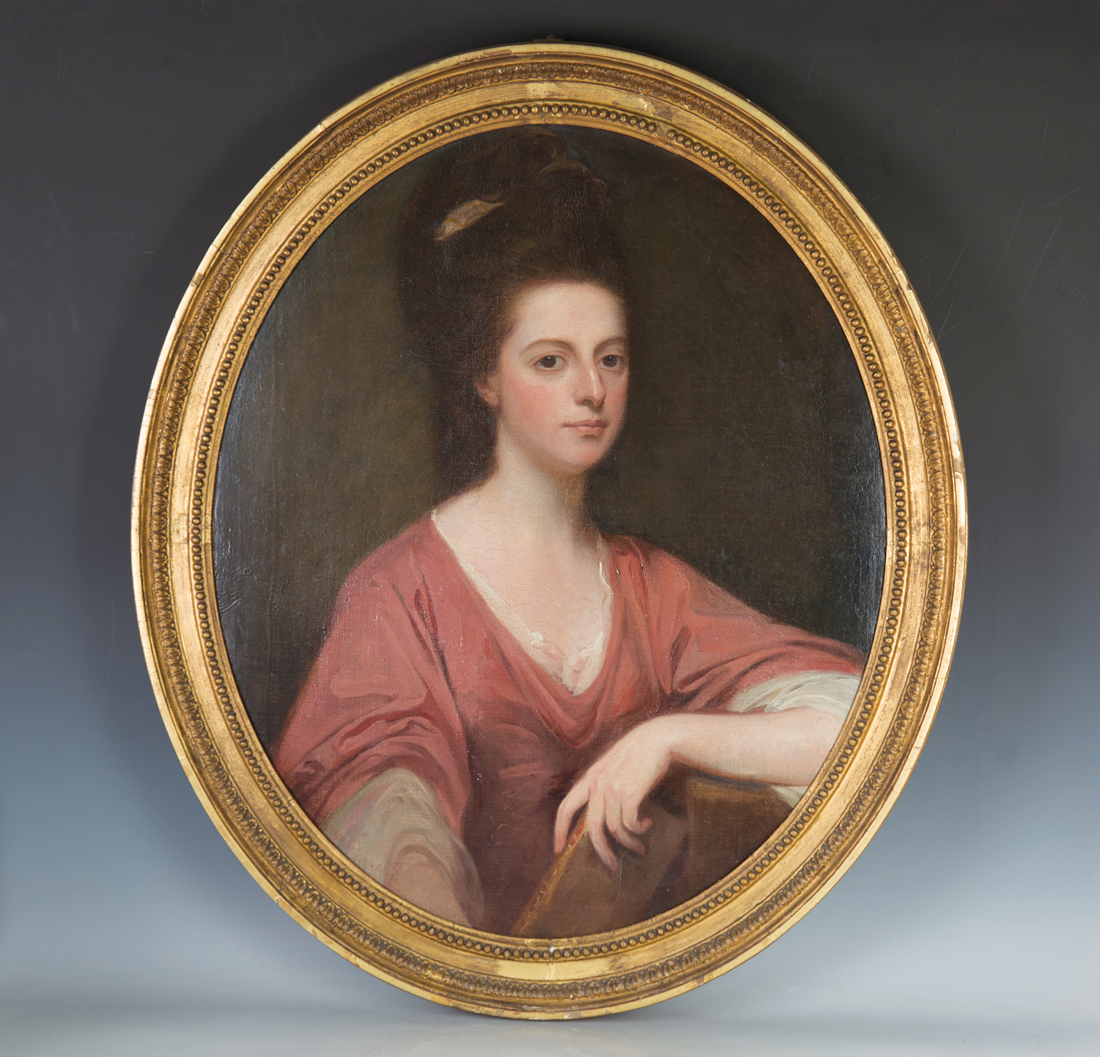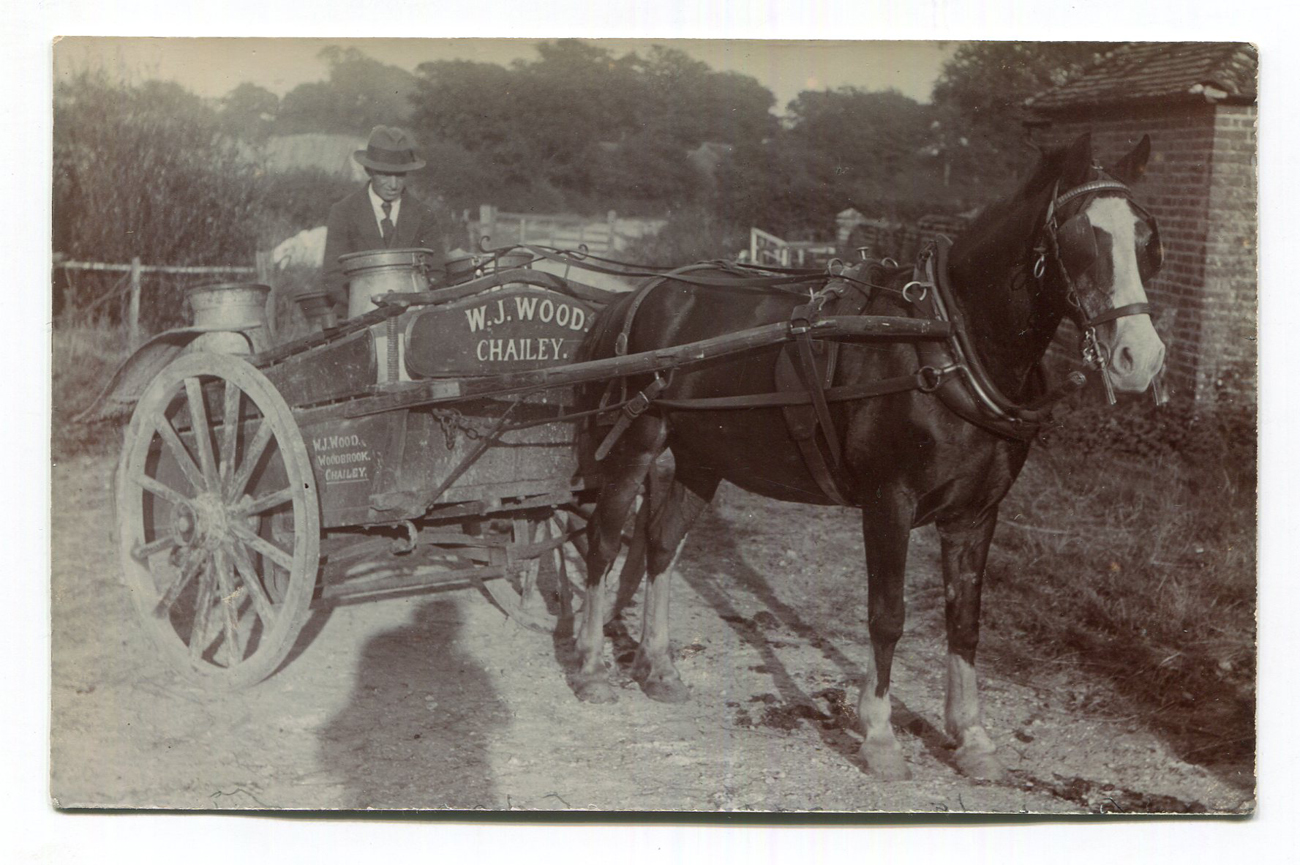
Toovey’s are delighted to announce the single-owner collection of postcards from the estate of the late Rendel Williams (11 September 1941 to 12 December 2021).
Rendel Williams was a geography lecturer at the University of Sussex with a wide range of academic and personal interests connected to the Sussex landscape and history. His initial interest in collecting picture postcards was stimulated by academic research on coastal erosion where he was able to use evidence from postcards to estimate how fast the chalk cliffs had retreated over the past century. As a nature reserve manager with the Sussex Wildlife Trust he also used evidence from old postcards to show how the vegetation of the South Downs was changing and how sheep grazing needed to be reinstated to restore areas of open grassland suitable for rare orchids and butterflies.
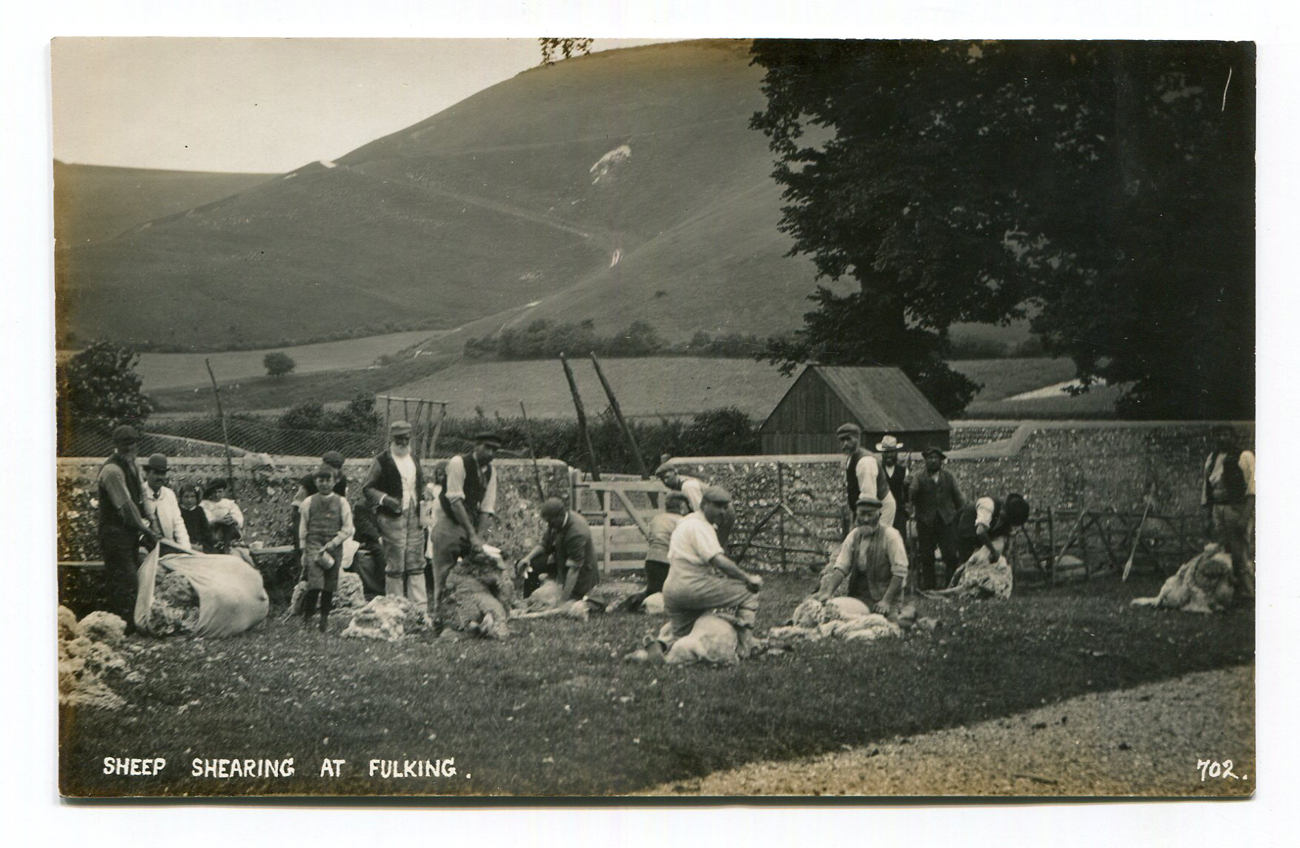
His professional interest in postcards soon became an absorbing hobby. At first, he limited himself to collecting images of agricultural scenes, but his interests spread to cover landscapes, buildings, transport and tourism, always in the county of Sussex. His collection grew to over 10,000 postcards.
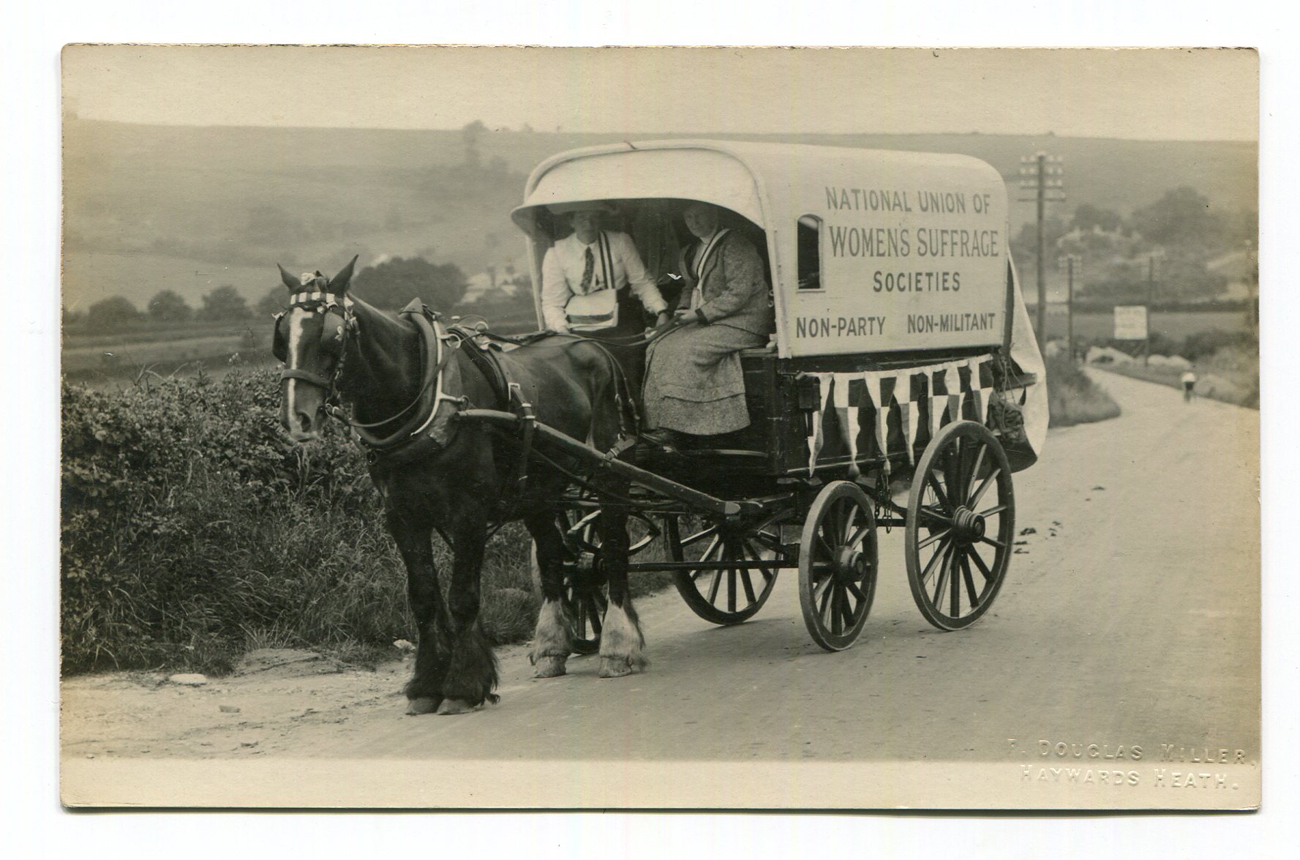
In studying the postcards, he became interested in the lives of the photographers the publishers who made them. He researched the background of all of the publishers and photographers in his collection, for which biographical details can be found on his website www.sussexpostcards.info. The website has become a well used historical and geographical record and will be preserved in posterity.
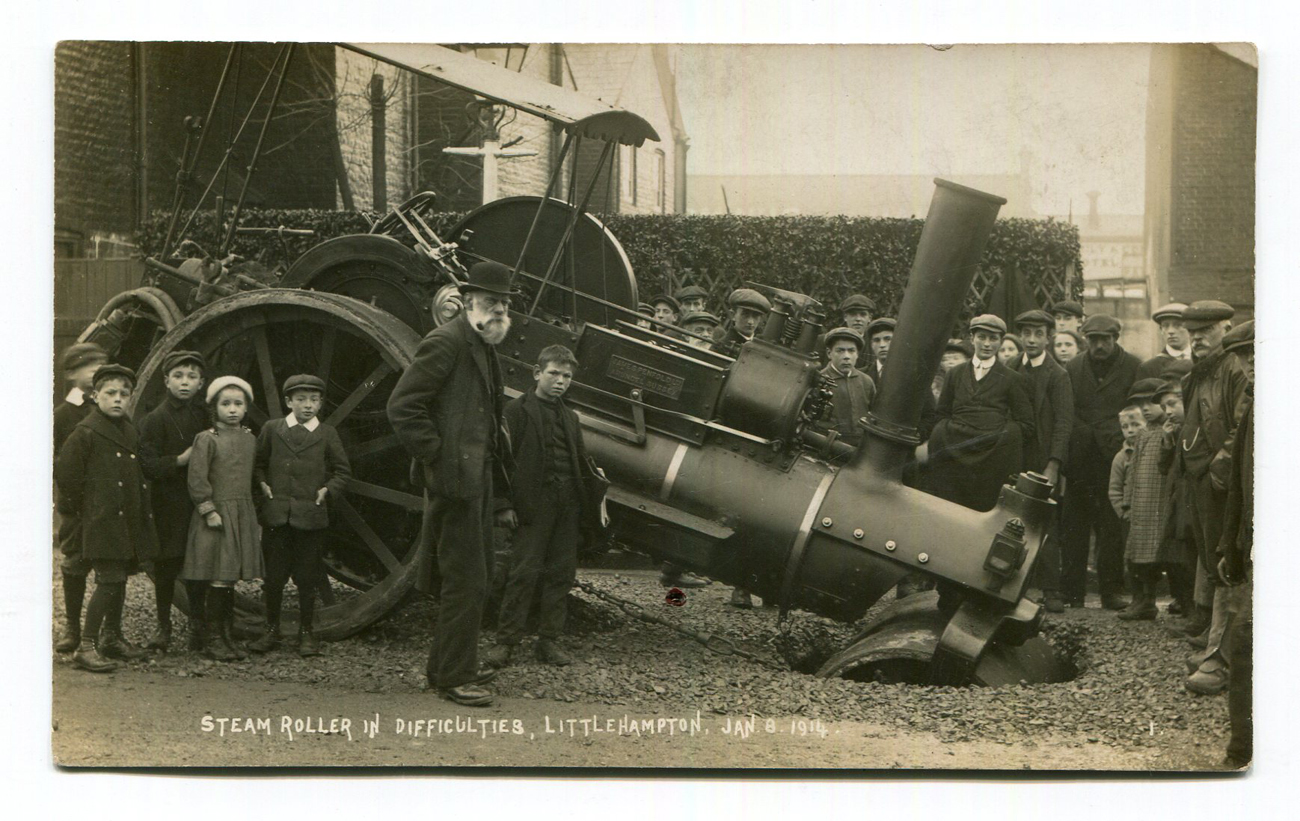
Rendel gained great pleasure from collecting postcards and saw each one as a puzzle requiring historical and biographical interpretation. He spent many happy hours scouring postcard fairs and auctions for unusual and rare images. Meticulously assembled over more than three decades, you now have the opportunity to purchase his collection grouped into lots by locality and theme.
Toovey’s and the Williams Family would like to thank Bob Cairns for his kind assistance in sorting the collection.
The online catalogue for the first part of the collection is available here.
